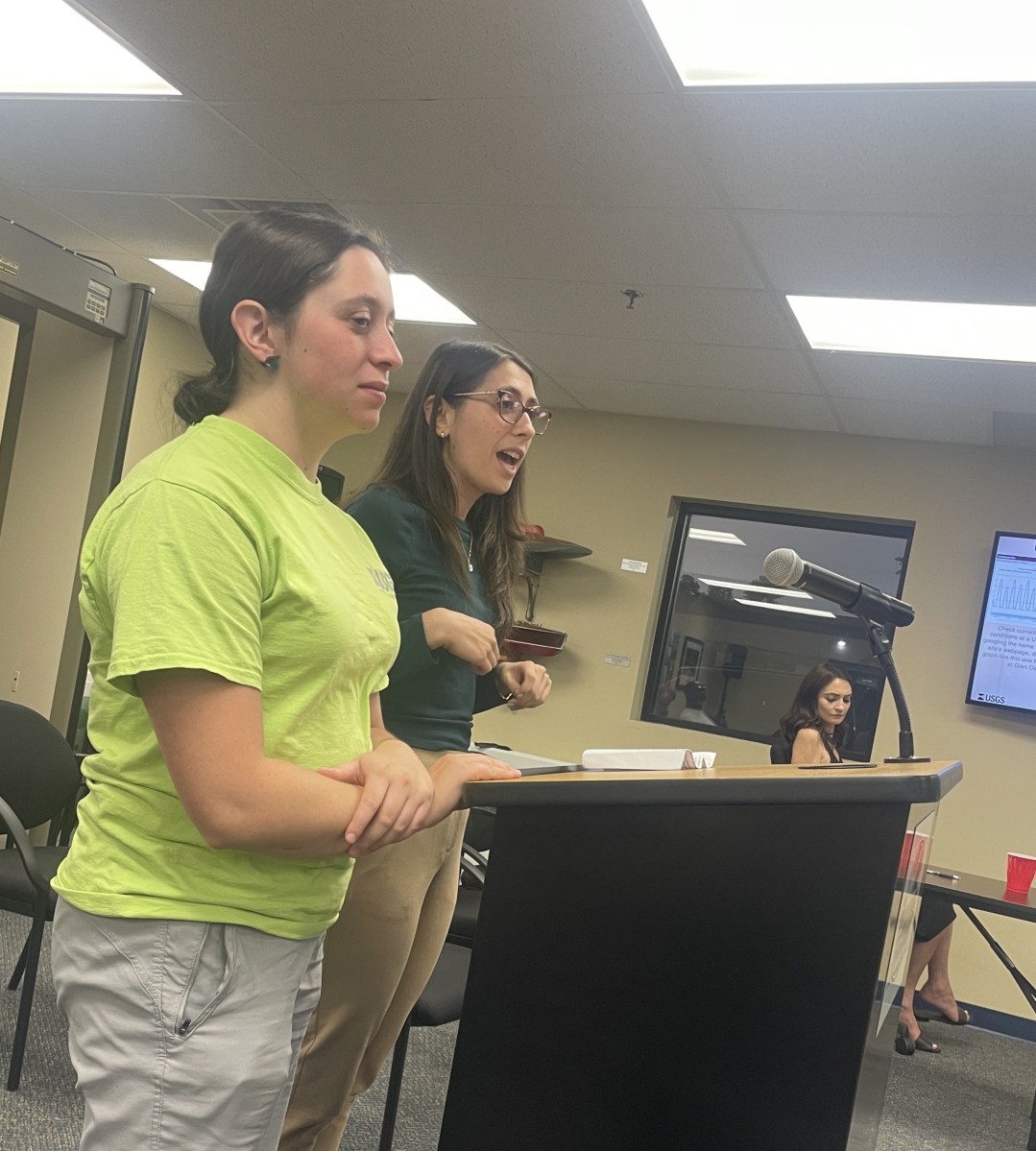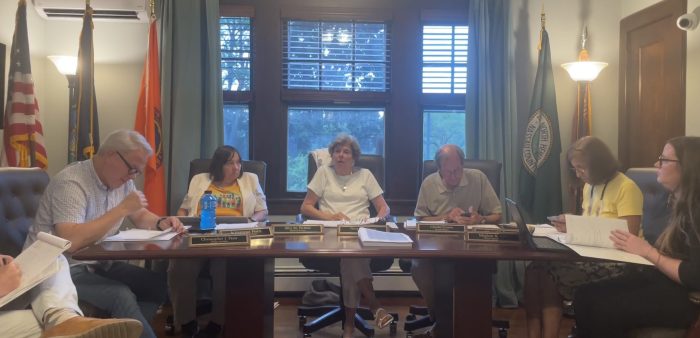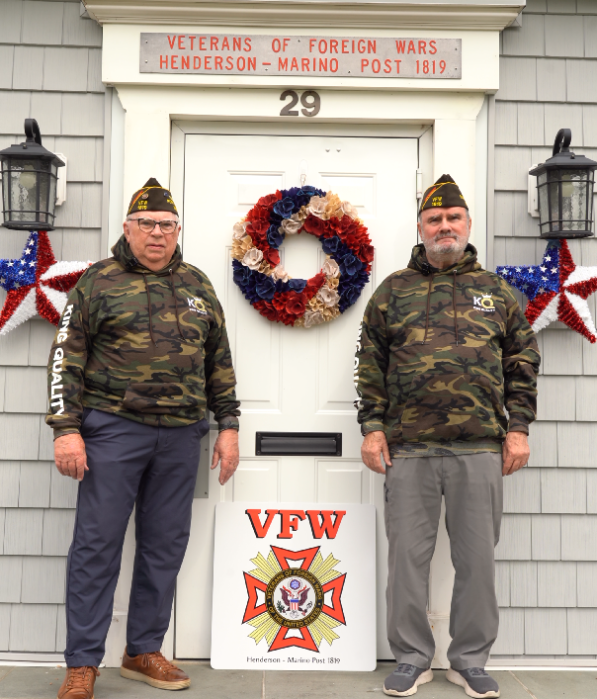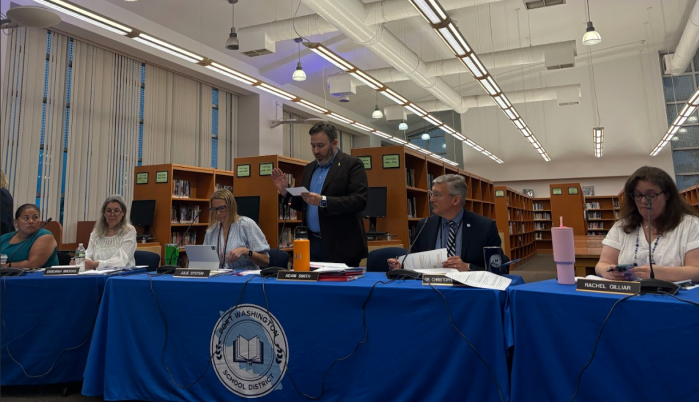The Port Washington North Board of Trustees approved a new law Tuesday night, July 8, that bans contractors’ use of power equipment on Saturdays, Sundays, and federal holidays in residential districts. The move aims to preserve weekend peace and quiet for residents.
The law, modeled in part after the village’s seasonal ban on gas-powered leaf blowers, is a response to repeated complaints from residents about disruptive construction activity on weekends and holidays.
“In essence, people expect on their weekends to enjoy the tranquility and quiet nature of our village and our hamlet,” said Mayor Robert Weitzner. “The way the laws were written down, contractors are allowed to work on Saturdays, on Sundays and are allowed to work on federal holiday instructions.”
Unlike the leaf blower regulation, which bans gas-powered models entirely from June 15 to Sept. 15, the new law targets all types of power equipment throughout the year on weekends and federally recognized holidays. Weitzner clarified that the law does not apply to “quiet work” such as painting, as long as no power tools or machinery are involved.
The new restrictions will take effect Jan. 1, 2026, allowing contractors time to adjust project schedules. Weitzner said notices will be included with all building permits and disseminated through the village website and newsletters.
The board also heard a presentation from the U.S. Geological Survey, which is proposing the installation of a state-of-the-art tide gauge at Bay Walk Park to monitor water elevation and improve flood preparedness.
Kaitlyn Cunningham, a physical scientist with the USGS New York Water Science Center, outlined plans to relocate an existing monitoring site from Glen Cove to Port Washington North, citing the area as a better fit for capturing relevant coastal data.
The proposed gauge will collect water elevation data every six minutes and upload it hourly to an accessible public platform. Residents can subscribe to alerts that notify them when water levels approach flood risk thresholds.
“Flooding is a growing concern on Long Island,” Cunningham said. “This equipment will provide real-time information and historical data that can help residents, emergency services, and planners prepare for high water events.”
The monitoring setup includes a radar sensor mounted roughly 15 feet above sea level, based on FEMA flood maps, on the Bay Walk Park gazebo. Supporting components such as a data logger, battery, and solar panel will be discreetly attached to existing infrastructure.
While some trustees raised concerns about aesthetics, USGS representatives assured the board that the equipment would be minimally visible and could include educational signage to explain its purpose to the public.
Trustees expressed strong support for the initiative and indicated a formal agreement may be finalized shortly.
“This is not just about safety, it’s also an opportunity for public education and engagement,” said Weitzner.
Pending paperwork, the board plans to decide on the monitoring site at its next meeting on Aug. 14.


































